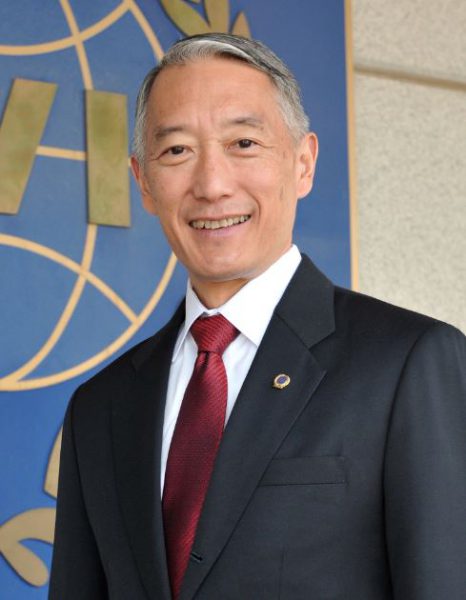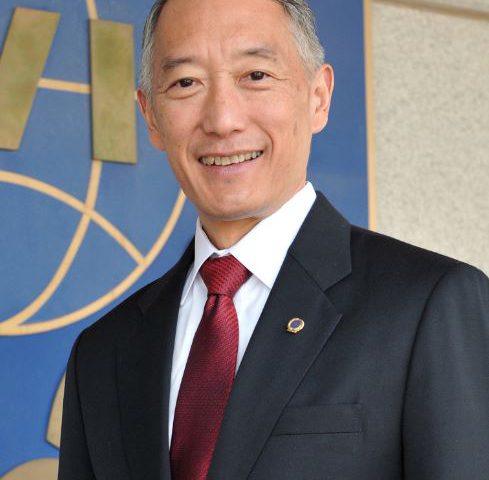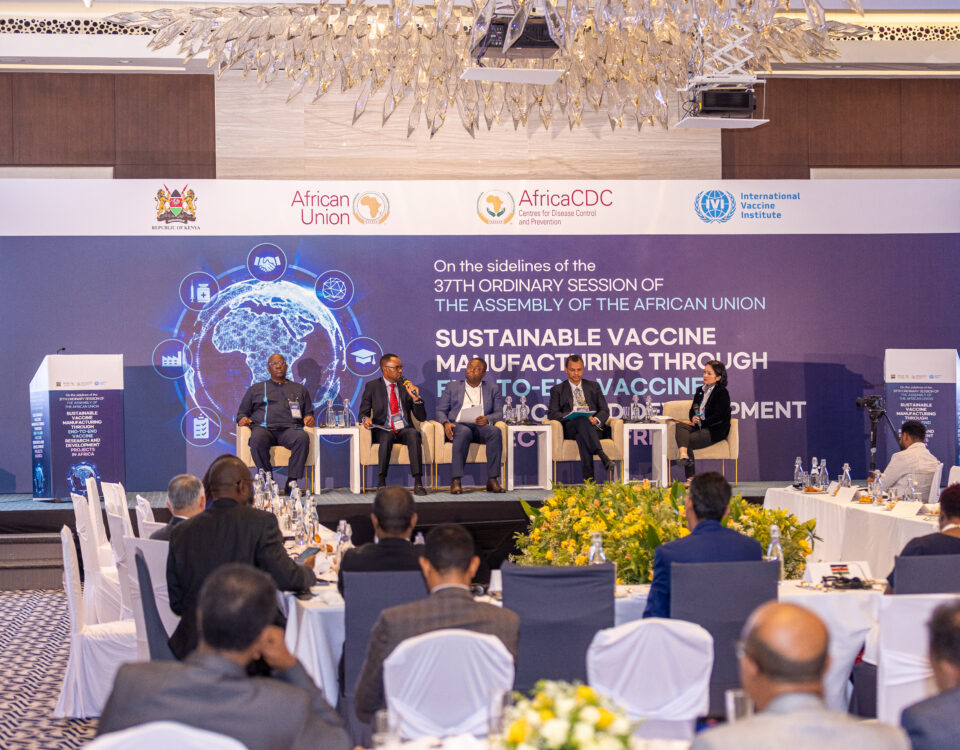The Hankook Ilbo, a leading general daily in Korea, has published an op-ed written by IVI Director General Dr. Jerome Kim. He urges Korean leaders to be the voice of the neglected to support development of vaccines against ‘tropical neglected diseases.’ — Ed.
Neglected Victims of Neglected Diseases
By Jerome H. Kim, M.D.
April 2, 2019, The Hankook Ilbo

The attention focused on the issues around the measles outbreaks in Korea and the United States have once again highlighted that old saying, “It isn’t vaccines that prevent infection, but vaccination” – –While measles has an effective vaccine, the majority of the infected in those outbreaks were people who were never vaccinated or those who received only one dose of the recommended two doses. Like measles, many childhood diseases have an effective vaccine, and these childhood vaccines save an estimated 25 million children over a 10 year period. But the enormous benefits that vaccines confer have not been realized for a peculiar collection of illnesses termed “neglected tropical diseases.”
But let’s be clear, these infectious diseases neglected only by countries unaffected by them, such as Korea or the United Kingdom. Some neglected diseases are found in high-income countries like the United States – associated with poverty. They are not neglected in the countries affected, or by the 1 billion who are afflicted, or the millions who die from the neglected infectious diseases. Few Koreans may have heard Group A streptococcal disease (aka “GAS”, the most serious form of a “sore throat”), but infections from this germ kill up to 500,000 people per year.
The World Health Organization initially listed 13 diseases as “neglected.” Some very important infections are not on the list of neglected diseases, a few of these kill more people each year than all of the 13 WHO neglected diseases together. Importantly,
At the most basic level, the global health community isn’t certain of the magnitude of some of these diseases. Does hepatitis E kill 70,000 people a year (the most widely quoted estimate, suggested by the WHO) or 10,000 a year (the estimate provided by the Bill & Melinda Gates funded Institute for Health Metrics Evaluation)?
If these diseases affected high income countries, incentives would exist for companies to develop diagnostics, new drugs, and vaccines. There would be research funding to understand the critical elements of disease transmission and to implement effective prevention and control programs.
Over $1 billion are spent worldwide each year on neglected tropical disease research. 80 percent of that funding goes to HIV/AIDS, tuberculosis, and malaria, short-changing the other neglected diseases. GAS vaccine research received around $1 million in annual funding in 2016.
We have remarkable vaccines against diseases like rotavirus diarrhea and cervical cancer that were problems in high income as well as low income countries. Getting those new products into vaccination programs has been a real achievement — but can we “flip the model” and now develop new vaccines against diseases that are a bigger problem in developing countries?
From a big vaccine company’s perspective, it may cost $500 million to $1 billion to develop a vaccine. That investment may pay off for a vaccine against pneumonia – Pfizer’s Prevenar™ brings in $6 billion per year, but does not for vaccines against dysentery, or strep throat that afflict people whose average income is less than a dollar a day. The lack of incentive is made worse by the risk of failure – only 1 in 10 vaccines initially tested will make it to the market.
The “neglected” diseases need not be victims. They need to find a voice to attract leadership, advocacy, and funding so we can solve these pressing global health needs. One useful strategy would be to prioritize and incentivize the development of vaccines for diseases that are a bigger problem in developing countries but that could also be useful in high-income countries. Korea, in collaboration with Gates and 5 Korean companies, recently started the Research Investment in Global Health Technologies (RIGHT) fund – to support the development of vaccines, drugs and diagnostics for neglected diseases – at $8M per year, it is a good start, but not enough given the costs and risks of development.
MERS and measles have taught us that viruses do not respect national borders. Korea’s health policymakers, politicians, CEOs, philanthropists, and others must step up and can be the voice of the neglected. We know the problem and we have the solution, and Korea could lead the way.
See the Korean article as published in the Hankook Ilbo here:
http://www.hankookilbo.com/News/Read/201904011110787546?NClass=HJ02




